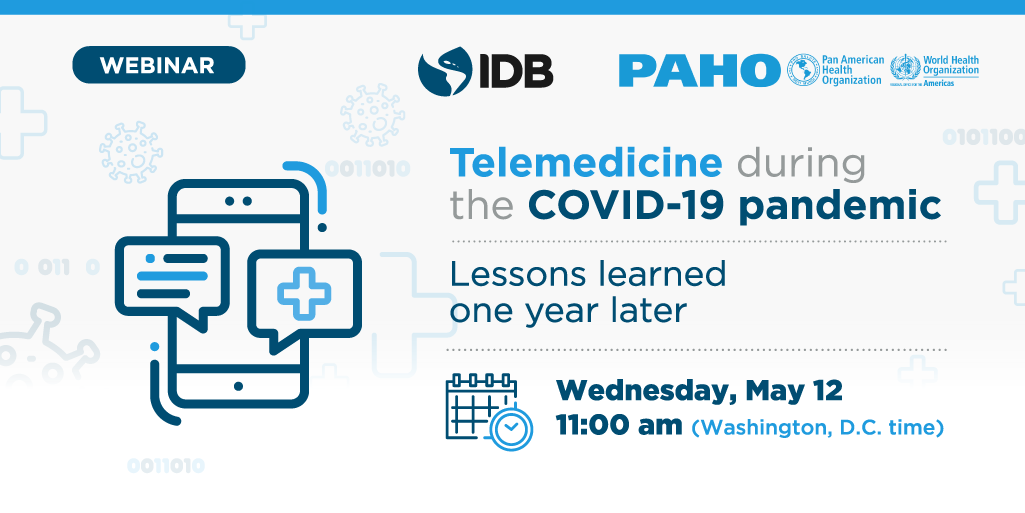Public health crises disrupt daily life and bring about changes that remain after the crisis ebbs. Did you know that tuberculosis caused a permanent shift in certain architectural trends? Or that in England, John Snow found the key to curbing cholera, and it changed how we handle wastewater? This article looks at five changes COVID-19 will leave us with.
A health crisis that is… Unprecedented?
In 2020, we read ad nauseam that the pandemic created an unprecedented global crisis. And while it is true that COVID-19 brought unheard-of challenges, past crises have much to teach us about designing innovative responses and lasting solutions.
Among the most striking examples is how at the start of the 20th-century tuberculosis changed certain trends in architecture for good. As part of patients’ treatment, hospitals adjusted to keep their facilities properly ventilated and keep dust down to allay the consequences of the disease. But beyond these practical steps, the modifications also influenced aesthetics. For example, this trend towards extreme cleanliness drove the appreciation of white walls that was part of the Modern Movement of architecture.
Another example is John Snow, not the famous character from Game of Thrones, but rather the esteemed father of modern epidemiology. In 1854, Snow won renown in the scientific community for his research on cholera outbreaks in London. Bucking the dominant theory that the disease was airborne, Snow proved the source was water contaminated by feces. The result was a shift in how wastewater is handled and drinking water is obtained.
The ways COVID-19 will change health
It seems premature to claim to know how COVID-19 will definitively change our lives, but we can intuit five trends in health that will persist beyond the pandemic.
The digital transformation of health is here to stay
Digital health is no longer a nice extra we can aspire to. The role that digital health tools like contact tracing play in the pandemic confirm that digital transformation is the inevitable next step in modern medicine. For many, digital tools for health were a mystery prior to the pandemic. In fact, Google searches for related terms shot up by a factor of thousands in 2020. So what do we mean by digital health? Digitally transforming the field of health opens up an enormous world. It encompasses electronic health records, governance, interoperability, ethical data management and even cybersecurity.

Integrated health systems are the most efficient
How many times have we gone to different doctors and repeated our symptoms repeatedly at their different offices? The pandemic brought the need for integrated, coordinated, preventive, and patient-centered health services into sharp focus. This approach is termed integrated health service networks, and these networks ensure treatment is accessible to the majority of the population, meets each patient’s specific needs, and covers people’s entire lifespan. These networks also seek to coordinate care between all health personnel and the different levels of care.

Goodbye, mental health stigmas
The pandemic’s toll on mental health has been measured in different studies on the general population, parents, mothers, and children. Meanwhile, research by professionals at MIT and Harvard demonstrated how the discussion on social media about anxiety and suicide increased. This situation is not novel— evidence shows previous pandemics harmed mental health.
What seems to be surfacing is a trend toward plain talk about mental health from patients, health professionals, and different opinion leaders. In 2020, several organizations even launched initiatives to combat the stigma surrounding mental health, a stigma that can act as a barrier to accessing treatment. Today, more people are willing to open up about the issue. We saw this, for example, when Olympic gymnast Simon Biles decided to prioritize her well-being and withdraw from competition at the 2020 Tokyo Olympic Games. We can also see it in the massive support that followed this decision.
For more on mental health and COVID-19, see this video featuring regional specialists (in Spanish).
Health professionals need more than applause
Tributes to health professionals stole the limelight at the beginning of the pandemic, but as the health crisis progressed, the problems with their working conditions became apparent. To be protected, health professionals need protective equipment, training, and proper supplies, mental healthcare, and real-time support. They should also have daycare options for their dependents, given their long workdays and the fact the schools were closed. It is also important for professionals to be sure about the terms of their employment and whether their employer will address their personal and family needs in the event of an infection.

We need human resources qualified to take care of older people
Older people are among the groups at highest risk as the coronavirus spreads, with higher fatality and hospitalization rates. When the pandemic hit, residential care settings for older people became dangerous hotspots of infection because of facilities’ lack of protocols and limited staff.
To care for patients and caregivers, the latter need to be properly trained on handling cases and have protective equipment, safe protocols, and enough staff. Is therefore essential to reinforce home care and access to telecare.
To learn more, see the video of our webinar, “Continuity of Home Care and Telecare Services for Olver Adults in the era of COVID-19″
Which changes do you think will have the most momentum in the future? Leave us a comment in the section below.


Leave a Reply